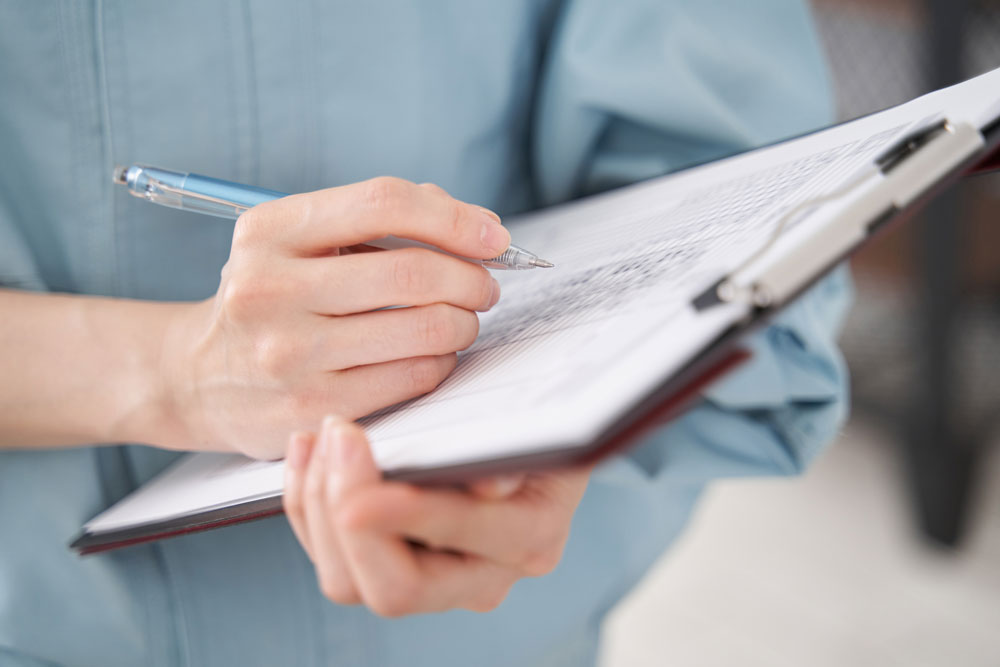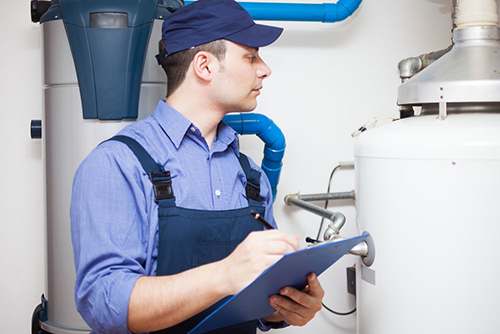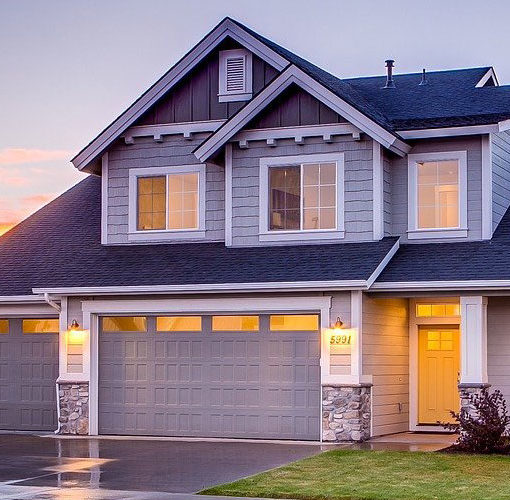
Having a home inspected in the Houston area prior to purchase is always a good idea, and in some states it is required for a mortgage. Here is what to expect, and how to be handle the results – good or bad.
Home inspections vary a little from state to state, but the general idea remains the same. Before purchase, you want to verify that the home is structurally sound and passes basic safety checks. There are obvious things you can check yourself, but there are many things home inspectors look for that you might miss. It’s always best to get it looked over by a professional. Not to mention, you don’t really want to crawl around in that dark crawlspace, do you? Probably not.
Home inspectors start by checkout out one section of the house at a time. They usually start by examining the exterior of the home, checking the foundation and outdoor plumbing fixtures that are attached. They are not required to check anything not “attached” to the home, so be aware of this. You can sometimes pay extra to have that included, and this includes exterior garages – so be sure to ask ahead of time.
 After checking the exterior, the home inspector will move inside. Every outlet, light switch, and disposal will be checked. They check things like dishwashers, drain systems, and toilets as well. A good inspector will spend several hours in an average-sized home, so set aside some time. They will create a report as they go along with details on what they find (with photos) and notes about their suggested solutions. Please be aware that a professional home inspector should not suggest contractors. It is considered a conflict of interest and may result in the need for a second opinion. If you ask them for contractor suggestions, that is a different story – but some will refuse to do this to avoid any issues.
After checking the exterior, the home inspector will move inside. Every outlet, light switch, and disposal will be checked. They check things like dishwashers, drain systems, and toilets as well. A good inspector will spend several hours in an average-sized home, so set aside some time. They will create a report as they go along with details on what they find (with photos) and notes about their suggested solutions. Please be aware that a professional home inspector should not suggest contractors. It is considered a conflict of interest and may result in the need for a second opinion. If you ask them for contractor suggestions, that is a different story – but some will refuse to do this to avoid any issues.
The home inspector will go into attics to check for any leaks or mold above the home. They often note animal droppings or damage they find that might be related to unwanted critters as well. Be aware, this is pretty common – so it’s not always a cause for concern. Under the home typically has insulation, mouse droppings, and other unpleasantries that you don’t want to track through the rest of the home. So they typically end there. Many home inspectors have special suits they wear under the home, so they will remove that outside before coming in to review their results.
The last part of the inspection is where the customer (the person paying for the inspection) and the inspector review the results together. They will walk around and show you the items they found and explain their notes. This is a great time to ask questions as well. If they missed anything or didn’t inspect something you thought they should, you can bring that up at this time as well. They will often offer to add certain items to an inspection as add-ons. These typically include sewer scoping (looking into the pipes to see if they are full of roots etc), water testing, and measuring radon levels. Depending on where you live and the surrounding landscape, some of these items may be more important to you than others. But knowing exactly what condition your home is in before purchase provides you with the extra confidence you need to move forward and know that you made a good purchase decision.




